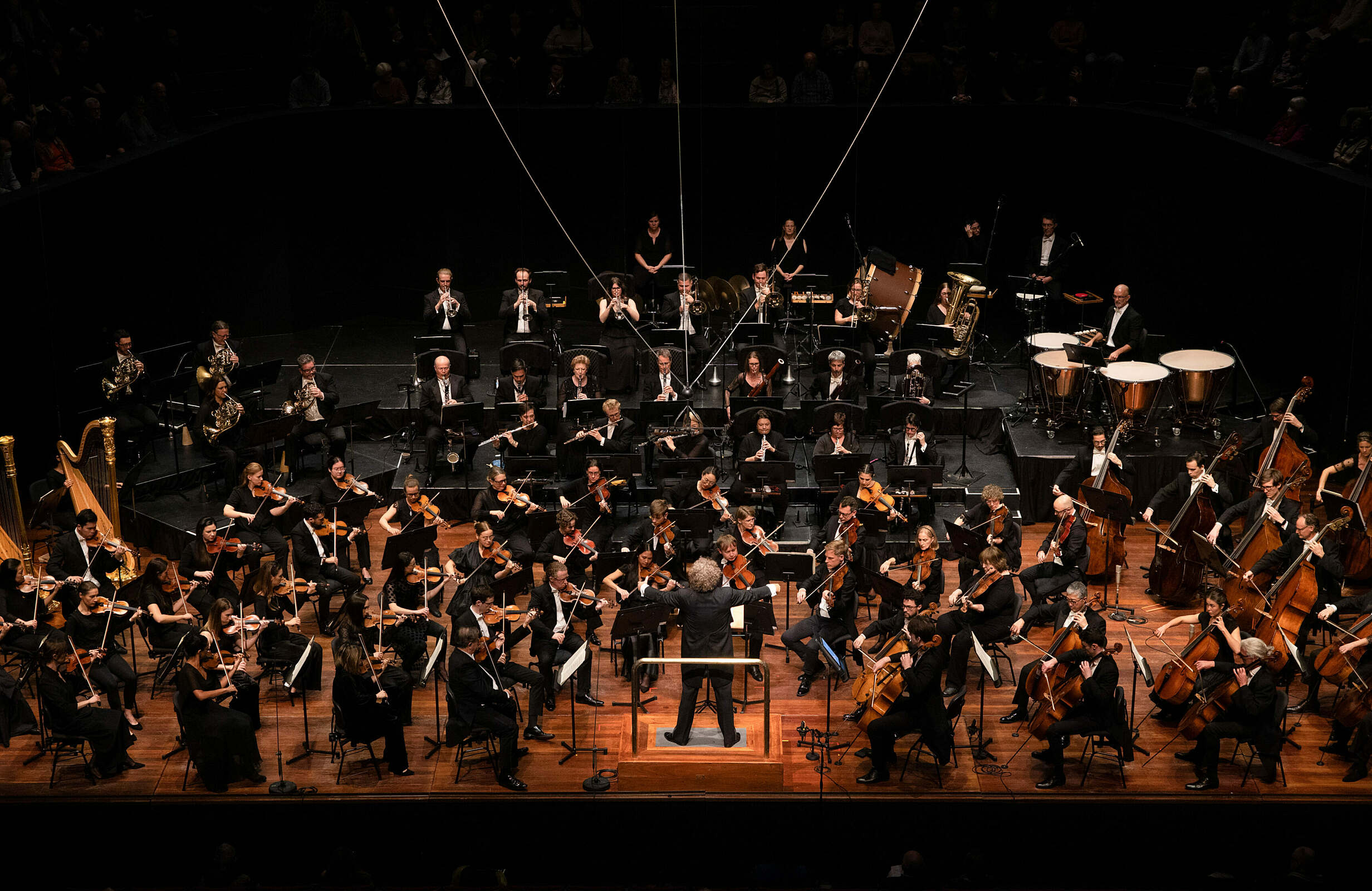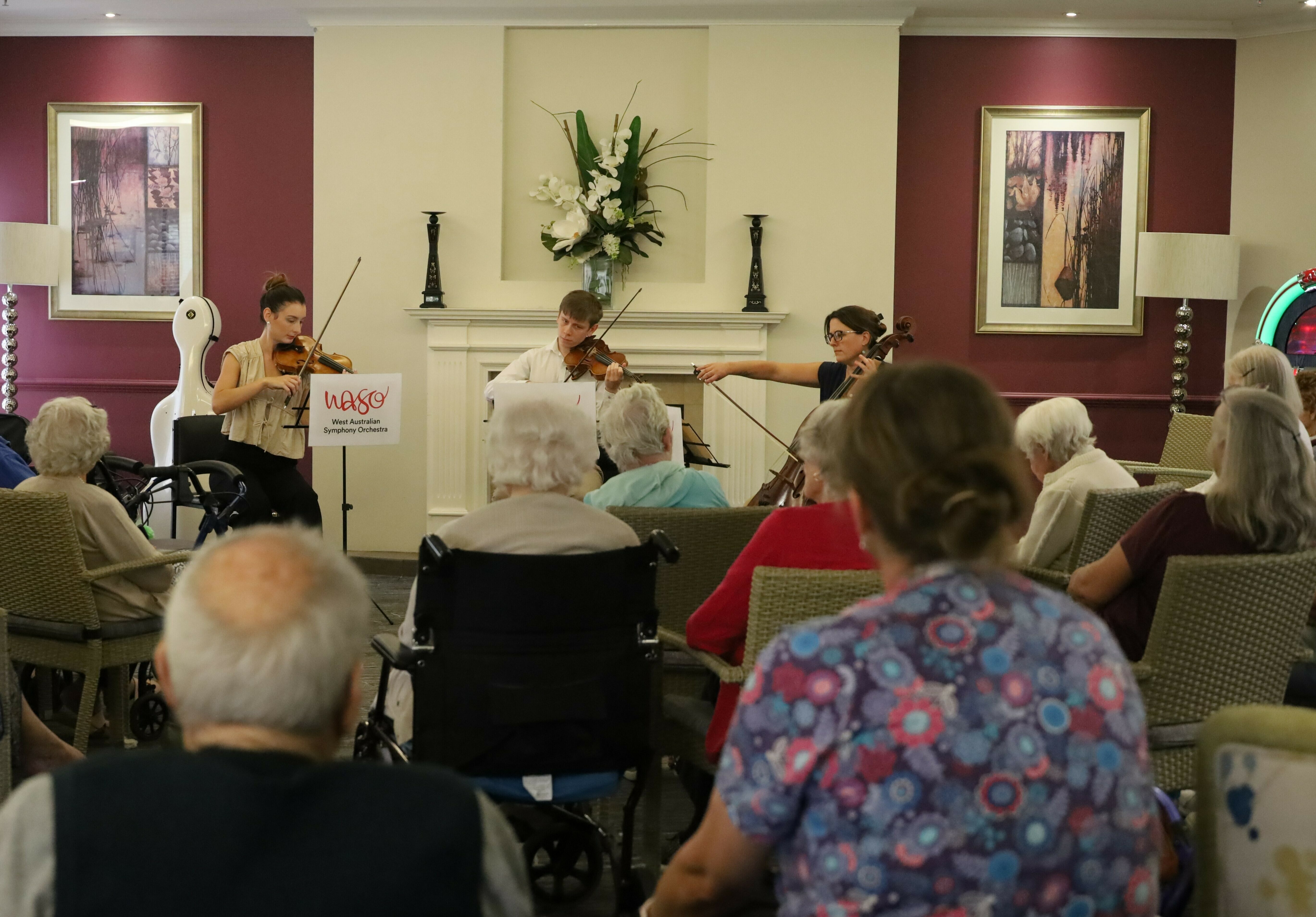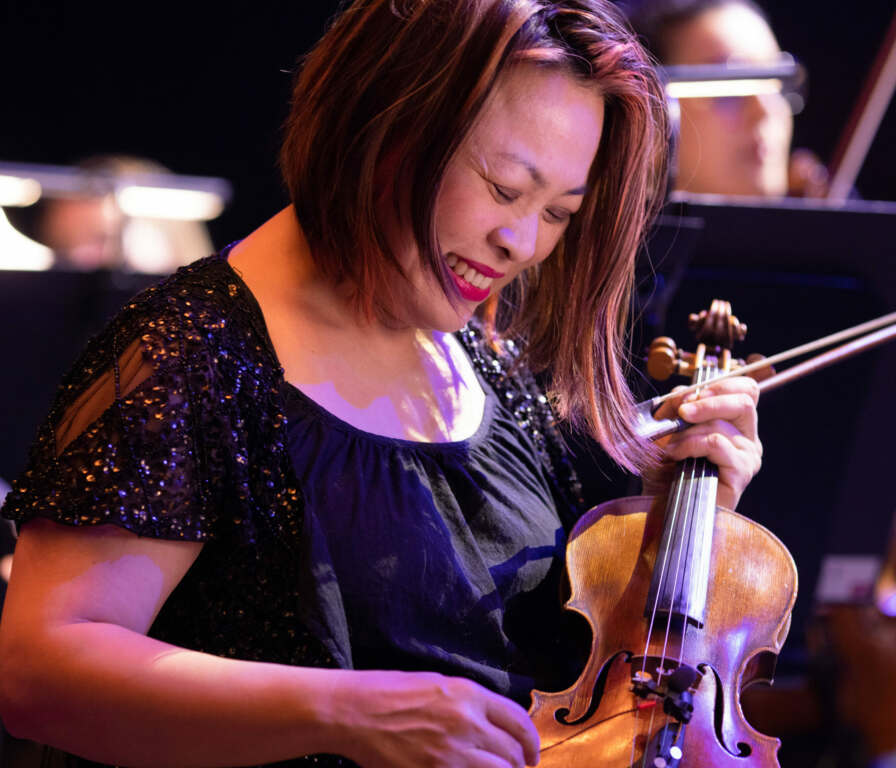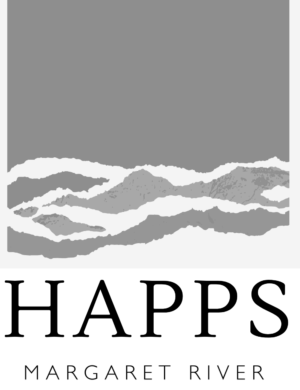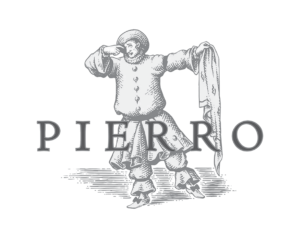Exactly 175 years before Stravinsky confronted Paris with the pounding dissonances of The Rite of Spring, Jean-Féry Rebel asked the orchestra of the Académie Royale de Musique to play all the notes of the D minor scale in a crashing representation of “chaos”. Even today, the effect is shocking. The first-time listener could be forgiven for questioning whether this music is by a composer of the modern age or a Baroque composer ahead of their time.
More astonishing, though, might be the assessment of Le Chaos published in the Mercure de France after its first documented performance, on 17 March 1738: “[it] passes, by the admission of the greatest Connoisseurs, for one of the finest [plus beaux] pieces of instrumental music in this genre.” While we can agree with the tone of admiration, “plus beaux” is not the first phrase that comes to mind.
At some point, you’ve been been told that Baroque music is “beautiful”, by which it’s usually meant that it’s calming, relaxing, good for studying… and doing the ironing. Do not believe it! Nothing is further from what 17th- and 18th-century composers were trying to achieve.
The word “baroque” reaches us from the Portuguese barocco, referring to a misshapen pearl. It was not a compliment, suggesting corruption, degeneracy and a kind of bizarreness. The positive side of that coin was drama, richness of expression and a willingness to surprise. And underpinning the surface effects of the Baroque style was a single goal: to move the “passions”. It wasn’t enough to simply delight listeners; they must be made to feel. “Ugliness” was part of the emotional spectrum.
There’s no false advertising today. You’ll hear Baroque “brilliance” aplenty. But you’ll also hear Baroque turmoil, Baroque fury, Baroque misery, Baroque torment. You’ll hear Baroque paradox too: the violin that sings with the power of the human voice, the voice that’s “played” like a violin. We hope you’ll find the beauty in these things, but above all, we hope you’ll be truly moved.
The opening of Rebel’s Chaos doesn’t need words to work its confused and disordered magic. What follows, however, relies on musical rhetoric that, like the vocabulary of gestures used by 18th-century actors, is no longer common knowledge. To convey the four Elements as they take their prescribed place in the order of Nature, Rebel “enslaved” himself (his phrase) to “received conventions” of instrumental colour and melodic gesture that his listeners would recognise:
The Bass expresses the Earth through notes that are linked together and played with tremors; the Flutes, with singing passages that rise and fall, imitate the flow and murmur of Water; Air is painted by sustained tones followed by trills from the little flutes; finally, the Violins, with lively and brilliant lines, represent Fire.
With these characteristic motifs, Rebel sets the different elements dancing among themselves, punctuated by the drumming sound of dissolving chaos. Dramatic contrast is key, and in an era when notated music rarely provided verbal guides beyond a tempo indication at the top, Rebel litters the score with instructions for extremes of loud and soft as well as trembling (frémissement) and, eventually, the sorting out (debrouillement) of disorder.
Les Élémens was music for the French ballet stage, even though the introductory Chaos was likely never danced. From there we move to 1720s Rome and a sacred motet: vocal music for a different kind of theatre, the church. The accent is Italian rather than French, but the call for drama, and dramatic effect, is the same.
Antonio Vivaldi’s In furore iustissimae irae is one of his most popular works for solo voice: exciting to hear and a gratifying showpiece for the soprano. Its structure lends itself to contrasts and a narrative progression, setting the scene in the first aria (Allegro) with a picture of divine wrath as all the instruments play in relentless, uncompromising unison. The vocal line, when it enters, is as fiery and florid as a virtuoso violin part. One soprano has described it as the voice imitating a “mad violin”.
A tiny recitative pleads for mercy, introducing the second aria (Largo). Instruments and voice together convey remorse and weeping through tender, sighing gestures, and in contrast with the first aria, haunting simplicity rather than furious virtuosity communicates the fervour of the text. Virtuosity returns for the Alleluia and with only a single repeated word to sing, the voice is freed to adopt an instrumental persona. It’s no exaggeration to call this motet, as Denis Arnold does, a “concerto for voice”. Arnold also observes that Vivaldi’s florid vocal lines “fit under the violinist’s fingers remarkably well” and that themes such as the one that begins the Alleluia “suggest the bow arm” in their crispness of rhythm.
It’s a natural progression, therefore, to travel to Dresden with one of Vivaldi’s close friends, the violinist–composer who carried the Italian style back to Germany in his suitcase. Johann Georg Pisendel played a key role in promoting the new “mixed” or German style – blending the magnificence of French court dance with the dramatic virtuosity and singing lines of Italian music.
Pisendel was a remarkable violinist: Vivaldi composed concertos for him and it’s thought J.S. Bach had Pisendel in mind when he wrote for solo violin. He was also an admired concertmaster who added bowings and other markings to his orchestra’s string parts – a practice that’s commonplace now but which Pisendel’s contemporaries considered noteworthy. Very little of Pisendel’s own music survives, but that which does is superb, imaginatively playing with the conventions of the day.
The concerto in this program, for example, follows the familiar fast–slow–fast threemovement pattern of Vivaldi’s concertos, but that structure is then mirrored in the first movement. It begins Vivace (lively) with emphatic unison writing in the strings and flourishes for the oboes. Barely has a minute elapsed when two sustained chords invite the soloist to improvise a cadenza, which leads to an unexpected slowing of the tempo (Andante) and a shift from triple time to a four-square metre, creating the space for an ornately decorated solo line before the Vivace returns. The second movement adopts a French accent, courtly and elegant, while the final Allegro restores the Italianate brilliance of the opening with some spectacular episodes for the soloist.
When Vivaldi returns, we hear an older composer, worlds away from the familiar voice of The Four Seasons. The Sinfonia in B minor is sacred music, written for performance during Holy Week, the week before Easter, which explains the absence of continuo from the ensemble – use of the organ wasn’t permitted during Lent. Its title (“At the holy sepulchre”) refers to the tomb of Christ, and Vivaldi writes tormented, dissonant music, searching and yearning for resolution.
This sinfonia is a tiny piece: a brief slow movement linked to an even shorter, intricately weaving fast movement. But in that short space of time, Vivaldi pays tribute to an old-fashioned (for him) genre known as the church sonata (sonata da chiesa). The string sound without organ adds to the antique character by evoking consort music of the century before.
Like Pisendel, Handel travelled widely. By the time he settled in London, the hub of the 18th-century musical world, he’d absorbed the best features of the musical styles from across Europe. His Music for the Royal Fireworks was commissioned for the April 1749 celebration of the Peace Treaty of Aixla- Chappelle, signed the previous October. At first George II had wanted no music at all for this outdoor event, but on learning that the band would be full of military instruments, he agreed, saying he “hoped there would be no fidles”. The result was 24(!) oboes, 12 bassoons and their relatives, nine each of trumpets and horns, three or four sets of timpani and a number of side-drums. Strings were optional. You can imagine the raucous effect. It was only later, when he presented the music at the Foundling Hospital, that Handel could revert to a smaller ensemble and the string-based sound of the concert hall.
The suite is modelled on the outdoor music of Versailles: a grand “ouverture” in the French style followed by a suite of dances. Expanding on the French overture pattern with its alternations between slow, majestic music (Adagio) and faster sections (Allegro), Handel harmonised the opening material three different ways. The faster music provides opportunities for question-and-answer dialogue between the wind instruments.
The dancing begins with the fleeting footwork and beautiful floor patterns of a bourrée. La Paix (Peace) has a French title, but it’s really an Italian dance: a siciliano with characteristic rocking rhythms. La Réjouissance (Rejoicing) offers another French title with music to match. It’s possible this movement and La Paix were intended to accompany the fireworks, hence the titles. Fortunately, it was realised that putting a hundred musicians on a wooden stage in the dark with candles and fireworks was a recipe for disaster, and all the music was played before sunset. The suite finishes with more French dance music – a pair of buoyant minuets – and one final opportunity to display all the brilliant colours of the orchestra.
Yvonne Frindle © 2025





